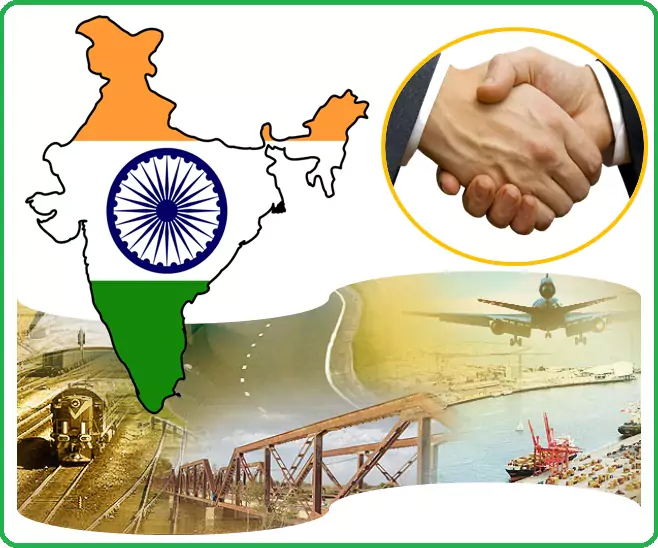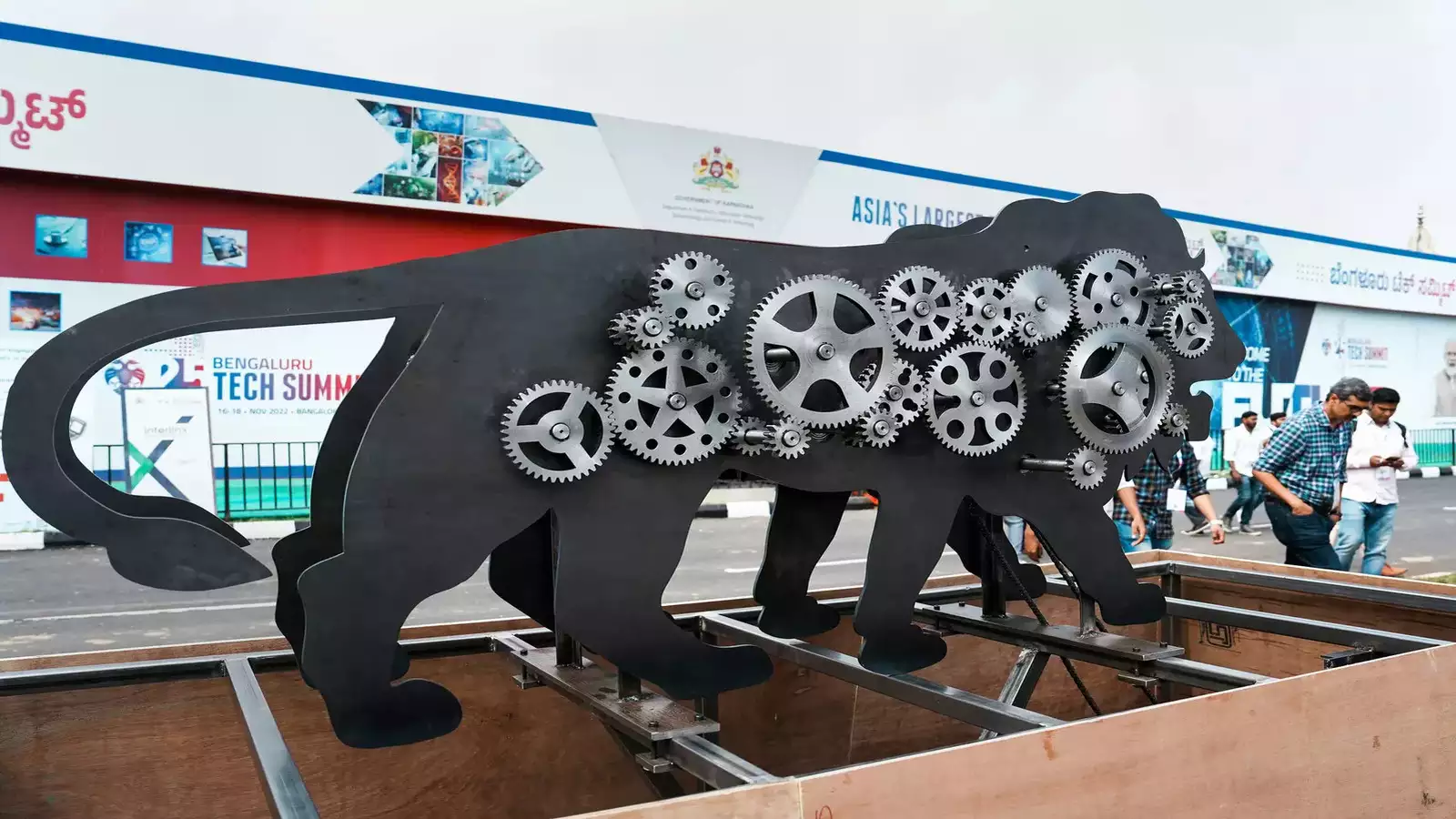Fixing Make in India
- Trump’s "Make America Great Again" agenda resulted in trade tensions, primarily with China, causing global economic uncertainty.
- Countries are scrambling to strike bilateral trade deals with the US.
- However, Japan and China, with their strong manufacturing bases, are in a better position to negotiate with the US, due to:
- Their global industrial relevance.
- Their investment in US Treasuries, helping prop up the US economy.
Free Trade vs. Strategic Industrialization
- Theory of Comparative Advantage: Countries should produce what they do best and trade the rest.
- But this theory fails because competitive advantages are not fixed, especially in manufacturing.
- Industrialization is a process of learning and building capabilities.
- Developed countries (US, EU) protect their industries and intellectual property, yet criticize developing countries’ protectionist policies.

The Inverted Import Strategy Trap
- Developing countries like India face a peculiar trap:
- Assemblers (final product makers) grow rapidly as consumer demand grows.
- They demand easier component imports to cut costs.
- Component manufacturers, in turn, demand import of machinery to stay competitive.
- This cycle undermines domestic capital goods
- Consequence: Weak domestic industry and loss of long-term competitiveness.
Lessons from Japan and China
- Japan:
- Post-WWII: Industrial revival guided by MITI (Ministry of International Trade and Industry).
- Focused on long-term capability-building, becoming a global hub for automobiles, electronics, and precision tools by 1990.
- China:
- Leveraged WTO and TRIPS regimes post-1995.
- Built massive capital goods capacity.
- Became the world’s largest exporter of high-tech goods.
- Chinese firms learned from Western technologies and competed on equal terms, despite Western allegations of "theft."
Where India Stands:
Indicator
Japan
China
India
Manufacturing sector
(Value and % share in GDP)
$995 billion
(19%)
$4.7 trillion
(25%)
$469 billion
(13%)
Merchandise exports
$717 billion
$3.4 trillion
$437 billion
Manufactured goods exports
(% of merchandise exports)
$600 billion
(84%)
$3.1 trillion
(92%)
$297 billion
(68%)
Currency reserves
$1.23 trillion
$3.24 trillion
$676 billion
Investment in US Treasuries
$1.1 trillion
$761 billion
$226 billion
India's Industrial Missteps
- India dismantled industrial policies prematurely in the 1990s.
- Didn’t build:
- Domestic capital goods sector.
- Competitive high-tech manufacturing.
- China’s high-tech exports today are 48 times India’s.
- India’s over-reliance on assemblers and import-based consumption weakens long-term industrial capabilities.
Labour as a Productive Asset
- A fundamental mindset shift is needed in India:
- Workers shouldn't be seen as disposable "resources".
- Instead, like in Japan, they should be “appreciating assets”.
- Skill-building on the job can make Indian workers globally competitive.
Way Forward for India
- India must:
- Focus on long-term industrial strategy.
- Protect and promote domestic capital goods manufacturing.
- View labour as partners in innovation.
- Avoid blindly following Western trade narratives.
- Learn from East Asian industrial policy models.
- Assemblers (final product makers) grow rapidly as consumer demand grows.
- They demand easier component imports to cut costs.
- Component manufacturers, in turn, demand import of machinery to stay competitive.
- Post-WWII: Industrial revival guided by MITI (Ministry of International Trade and Industry).
- Focused on long-term capability-building, becoming a global hub for automobiles, electronics, and precision tools by 1990.
- Leveraged WTO and TRIPS regimes post-1995.
- Built massive capital goods capacity.
- Became the world’s largest exporter of high-tech goods.
- Chinese firms learned from Western technologies and competed on equal terms, despite Western allegations of "theft."
Where India Stands:
| Indicator | Japan | China | India |
|---|---|---|---|
|
Manufacturing sector (Value and % share in GDP) |
$995 billion (19%) |
$4.7 trillion (25%) |
$469 billion (13%) |
|
Merchandise exports |
$717 billion |
$3.4 trillion |
$437 billion |
|
Manufactured goods exports (% of merchandise exports) |
$600 billion (84%) |
$3.1 trillion (92%) |
$297 billion (68%) |
|
Currency reserves |
$1.23 trillion |
$3.24 trillion |
$676 billion |
|
Investment in US Treasuries |
$1.1 trillion |
$761 billion |
$226 billion |
- Domestic capital goods sector.
- Competitive high-tech manufacturing.
- Workers shouldn't be seen as disposable "resources".
- Instead, like in Japan, they should be “appreciating assets”.
- Skill-building on the job can make Indian workers globally competitive.
- Focus on long-term industrial strategy.
- Protect and promote domestic capital goods manufacturing.
- View labour as partners in innovation.
- Avoid blindly following Western trade narratives.
- Learn from East Asian industrial policy models.













